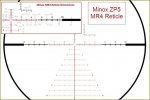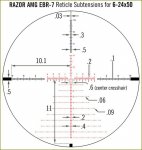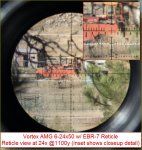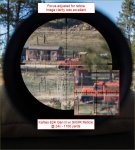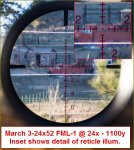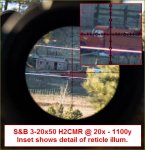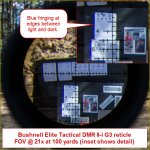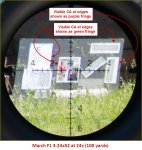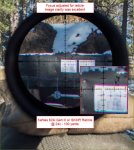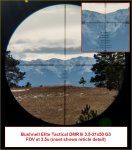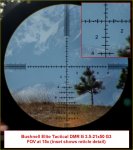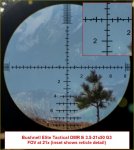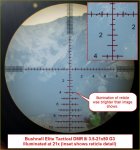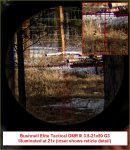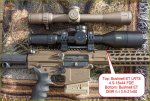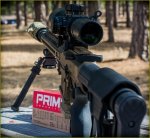So glad to be off Scout and back on the "old" Hide
The Scopes – this year
Not everyone has the opportunity to run down to a local store to check out these high end optics (and most local stores don’t carry them anyway) so hopefully this will help some of you who are unable to get hands on experience but are trying your best to figure out how to spend your hard earned money. One thing I would ask, please choose to spend that hard earned money on one of the reputable SH dealers that you can find here on the site, they are very knowledgeable and great to work with (I think I’ve worked with most of them) and you will get support right through SH and save yourself the hassle. You’ll find that pricing might be fixed on many scopes; however, if you call one of the SH dealers directly and ask for the best price from an SH member you will most often find they can go lower than advertised.
Disclaimer: Evaluating optical systems is a very subjective process since it requires your own eyes to judge certain qualities while everyone “sees” things differently. Most of us don’t have the mechanical equipment and expertise to judge line resolution accurately but we can perform our own resolution target tests and look for CA in high contrast situations and see how much detail is viewable during poor light situations and so forth. I recently went to the eye doctor and was surprised that in my late 40’s I still have 20/15 vision so I think I can still evaluate looking through glass pretty well. Therefore, the results of these tests are purely my findings and should you perform similar tests you may come up with different results or opinions but that is because we all tend to see things differently, what looks good to someone may not look good to someone else, but we all have our biases and can be influenced by them. In my reviews I try my best to be unbiased but the simple fact is that there are certain features my eye prefers when looking through optics. I welcome constructive criticism but ask that you keep it “constructive” rather than flame about a result that you may disagree with.
Here are the pics of the scopes –



And here was the scope lineup from 2016 -

The Scopes – this year
- Minox ZP5 5-25x56
- Vortex AMG 6-24x50
- Schmidt & Bender PM II Ultra Short 5-20x50
- Bushnell Elite Tactical DMR II-i 3.5-21x50
- Schmidt & Bender PMII 3-20x50
- Kahles Gen III K624i 6-24x56
- March F 3-24x52
Not everyone has the opportunity to run down to a local store to check out these high end optics (and most local stores don’t carry them anyway) so hopefully this will help some of you who are unable to get hands on experience but are trying your best to figure out how to spend your hard earned money. One thing I would ask, please choose to spend that hard earned money on one of the reputable SH dealers that you can find here on the site, they are very knowledgeable and great to work with (I think I’ve worked with most of them) and you will get support right through SH and save yourself the hassle. You’ll find that pricing might be fixed on many scopes; however, if you call one of the SH dealers directly and ask for the best price from an SH member you will most often find they can go lower than advertised.
Disclaimer: Evaluating optical systems is a very subjective process since it requires your own eyes to judge certain qualities while everyone “sees” things differently. Most of us don’t have the mechanical equipment and expertise to judge line resolution accurately but we can perform our own resolution target tests and look for CA in high contrast situations and see how much detail is viewable during poor light situations and so forth. I recently went to the eye doctor and was surprised that in my late 40’s I still have 20/15 vision so I think I can still evaluate looking through glass pretty well. Therefore, the results of these tests are purely my findings and should you perform similar tests you may come up with different results or opinions but that is because we all tend to see things differently, what looks good to someone may not look good to someone else, but we all have our biases and can be influenced by them. In my reviews I try my best to be unbiased but the simple fact is that there are certain features my eye prefers when looking through optics. I welcome constructive criticism but ask that you keep it “constructive” rather than flame about a result that you may disagree with.
Here are the pics of the scopes –



And here was the scope lineup from 2016 -

Last edited:


